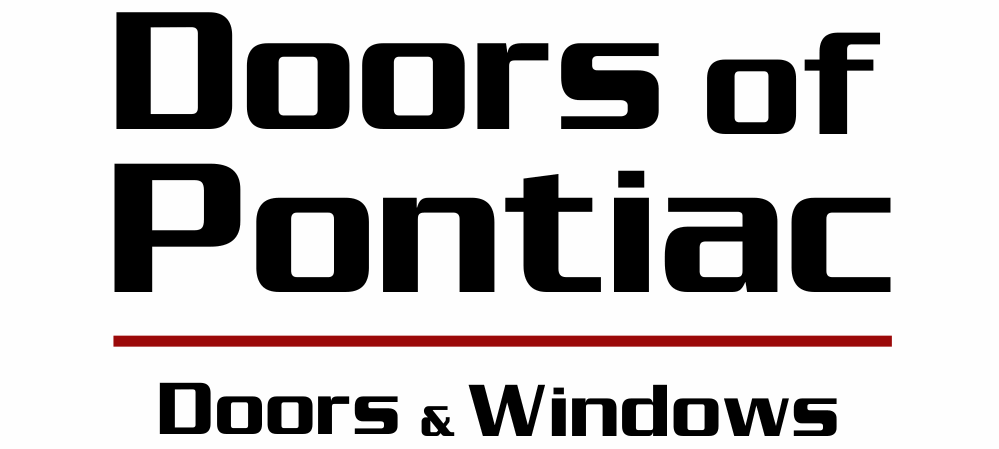Panic Bars & Exit Devices from the Most Trusted Brands in America
Panic hardware – also known as exit devices, panic bars, crash bars, touch bars or push bars – provides building occupants fast and easy egress in an emergency. Building codes and local fire departments also require exit devices for many public buildings. Therefore, buildings will not pass inspection if they are not up to The Life Safety Code with door hardware. Doors of Pontiac has been the trusted local choice in Waterford, delivering high-quality doors and windows to homeowners and businesses throughout Metro Detroit.
Exit Device Types
Rim Exit Devices: A rim exit device mounts on the door surface, with the latch projecting from the panic device rather than the door edge. This configuration offers the simplest panic hardware setup and provides the easiest maintenance. Rim panics work on single doors, or installers can use them on pairs of doors along with a removable mullion.
Vertical Rod/Cable Devices: Installers typically use vertical rod exit devices for pairs of doors, and they can mount the rods and latches on the door face or conceal them inside the door. Installers sometimes install vertical rod fire exit hardware as “less bottom rod” (LBR), which allows them to omit floor strikes along with the bottom rods and latches.
Mortise Exit Devices: A mortise panic device has a mortise lock body that installers install in the door, with the panic hardware mounted on the door face but controlling the mortise lock. Manufacturers use mortise panics less commonly than rim panics, likely because they require more complex door preparation and product design. For fire-rated pairs with a 3-hour label, installers sometimes use mortise fire exit hardware in conjunction with vertical rod fire exit hardware on the other leaf, but some manufacturers have successfully tested their products for 3 hours with vertical rod fire exit hardware on both leaves.
Alarmed Exit Devices: Alarmed exit devices serve primary and secondary exits that require an alarm to sound when someone attempts to exit, alerting management to the unauthorized exit. Retail stores typically install these devices on emergency exit doors.
Exit Device Trim
Exit Device Trim: The outside trim or control retracts the panic hardware latch(es) from the exterior. The exit-only function has no exterior trim. Installers typically use nightlatch trim where panic hardware is “dogged” to unlock the door, and it may have a cylinder only, a cylinder and a pull handle, or a cylinder with a fixed lever handle. Lever trim is available in passage, storeroom, or classroom functions. Thumbpiece trim is also available.


